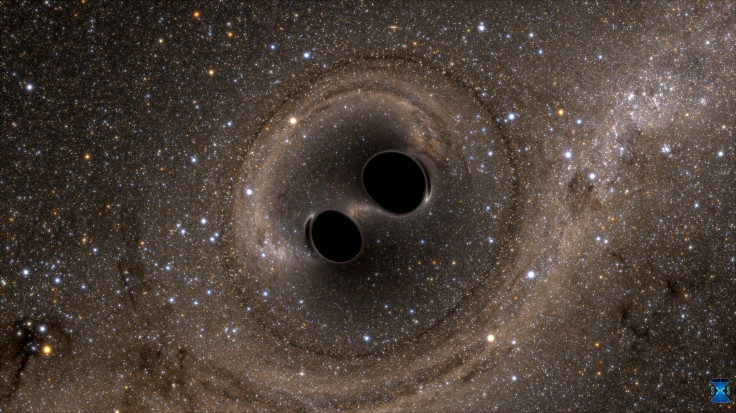Black Holes Facts: Two Collide, Form Giant Black Hole 49 Times The Size Of The Sun

Two black holes were detected combining in January to create one black hole that is 49 times the size of our sun. Only twin detectors in Hanford, Washington, and Livingston, Louisiana, that are jointly run by California Institute of Technology and MIT, knew about it. The finding represents a breakthrough in black hole research. January’s detection is the third time the Laser Interferometer Gravitational-Wave Observatory, or LIGO, detected gravitational waves coming from black holes that were combining, a paper published Thursday revealed.
The gravitational waves detected by the instruments at the LIGO showed that two black holes, one with a solar mass of 19 and the other with a solar mass of 31 combined to create one massive black hole with a solar mass that is 49 times that of our sun. The researchers working on the findings determined the mass is likely 3 billion light years away, further than any other event of this kind ever detected at LIGO.
Such events previously were detected at LIGO in September and December 2015. The first detection revealed a black hole that formed after two merged, the result a black hole with a solar mass of 62, meaning 62 of our suns could fit within it. The second detection revealed a black hole that was 21 times the size of our sun. Researchers didn’t know the masses existed until LIGO found them, David Shoemaker the spokesperson for the LIGO Scientific Collaboration, or LSC, said in a press release. The LSC is a group of more than 1,000 scientists from across the globe who work together on LIGO research.
A comparison of our three confirmed detections! #GravitationalWaves #GW150914 #GW151226 #GW170104 pic.twitter.com/isn6AOvDCW
— LIGO (@LIGO) June 1, 2017
This third instance of merging black holes was detected in January and named GW170104. The LIGO detectors had been off while an upgrade was taking place in the last year but they were brought back into operation in November. Then, a little more than a month later, they captured the disruption of space and time that signals the merging of two black holes.
Read: 6 Dangerous Objects Lurking Near Earth
The detection of this black holes merger, as well as the previous two, allows LSC researchers to better predict the merger rate of stellar-mass binary black holes, a synopsis of the paper said. The findings also provided insight into the spins of the black holes. It revealed the spins that are difficult to measure may not be aligned with the mutual orbit of the black holes. The black holes both spin around one another as well as spin on their own axes.
This finding could favor the formation of some black holes over others. It could mean that the holes are forming in dense stellar clusters, but more information is necessary to determine whether they definitely are.
These findings also back up Einstein's theory of general relativity. The researchers saw no deviation from the theory and the fact that GW170104 occurred further than before only cemented that theory.
© Copyright IBTimes 2024. All rights reserved.





















